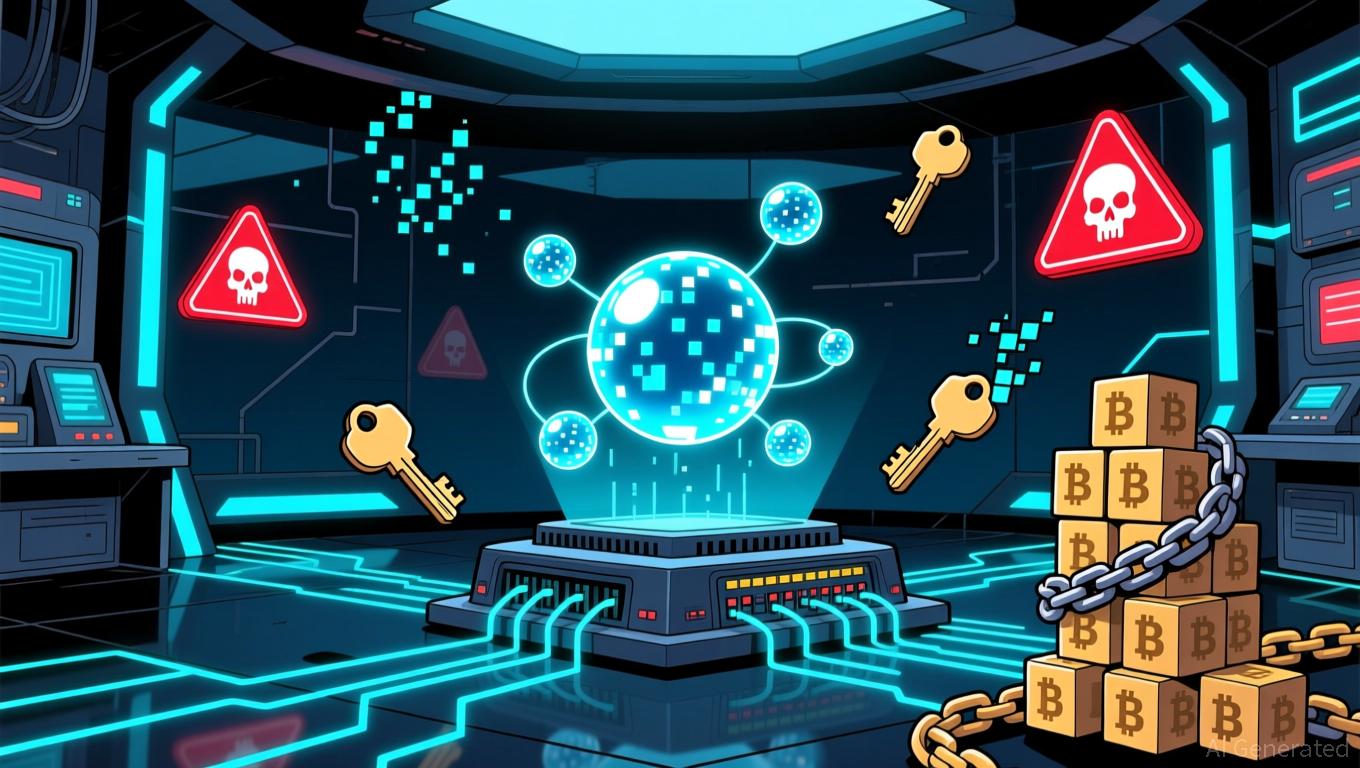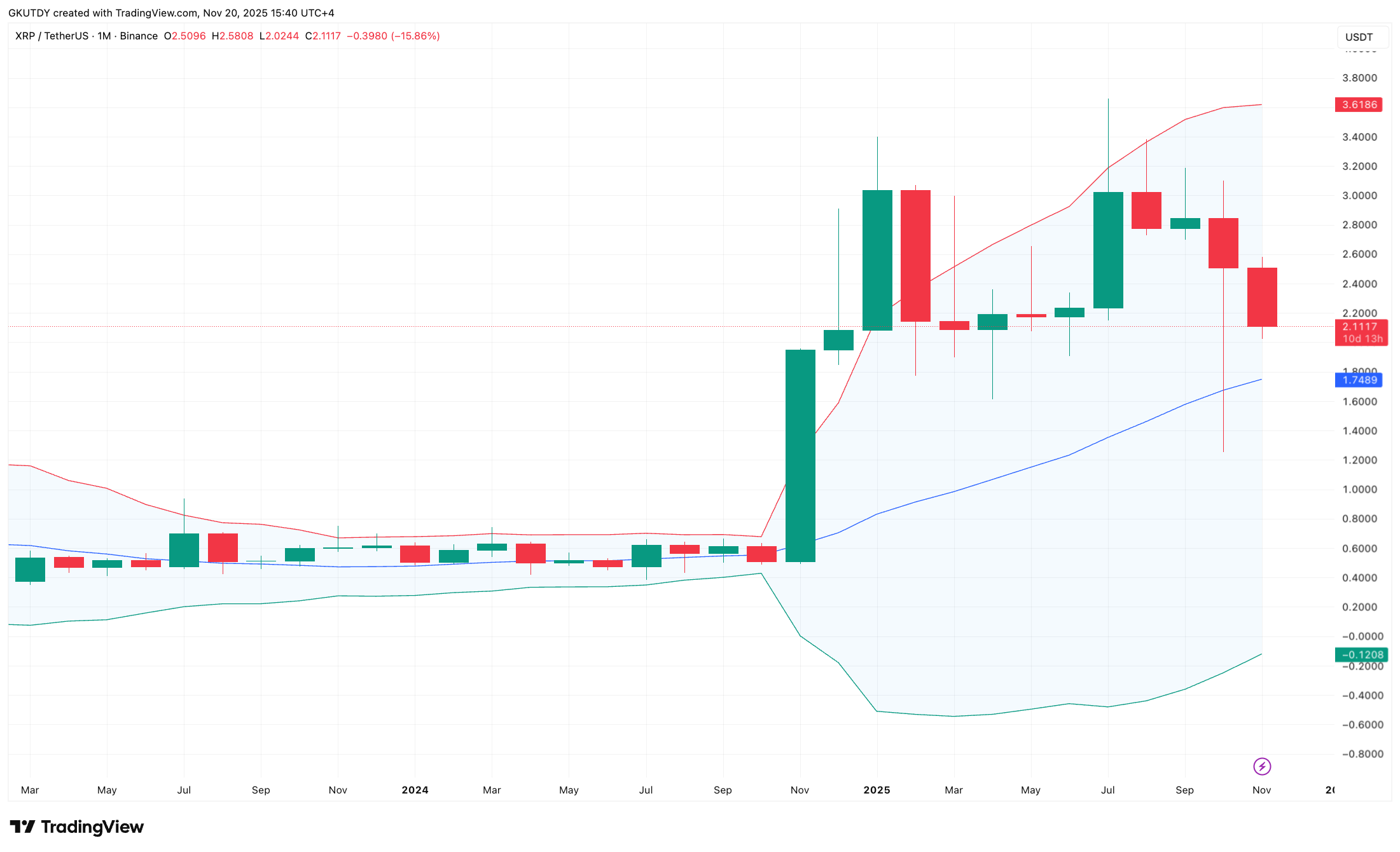The rise of
quantum computing
is steering the cryptocurrency sector toward a pivotal crossroads, as specialists caution that existing cryptographic protections may become ineffective within the next ten years. Although practical quantum threats are still some years off, the need to implement quantum-resistant measures is intensifying alongside rapid technological advancements.
Quantum computers utilize quantum mechanics concepts such as superposition and entanglement, enabling them to tackle complex problems at speeds far beyond traditional computers. This presents a significant threat to blockchain systems, which depend on cryptographic protocols like ECDSA (Elliptic Curve Digital Signature Algorithm) and SHA-256 for their security. For example, Shor's algorithm
could, in theory, defeat ECDSA
by resolving the elliptic curve discrete logarithm issue, potentially revealing private keys from public ones. Likewise, Grover's algorithm
could weaken the strength of hash functions
such as SHA-256 by half, though it would not completely compromise them.
The exact timing of these risks is still under discussion.
A 2025 report from Chainalysis
suggests that quantum computers capable of cracking Bitcoin’s encryption would need millions of stable qubits—something far beyond what is currently possible. Still, Théau Peronnin, CEO of quantum computing company Alice & Bob,
anticipates that quantum machines will surpass classical supercomputers
by 2030, potentially putting blockchain security at risk soon after. This view is echoed by Krown Technologies CEO James Stephens, who points out that
some attackers are already using "harvest now, decrypt later" tactics
, saving encrypted data today in hopes of decrypting it in the future.
The sector is taking steps to get ahead of the threat.
The U.S. National Institute of Standards and Technology
has completed standards for post-quantum cryptography (PQC), including lattice-based algorithms like CRYSTALS-Kyber and Dilithium, which are built to resist quantum attacks. At the same time, companies such as Krown Technologies and Alice & Bob
are working on robust quantum systems
and embedding error-correction features directly into hardware to postpone the quantum threat.
Hybrid cryptography models
, which blend traditional and post-quantum algorithms, are also being adopted to maintain compatibility during the transition period.
Collaboration between regulators and institutions is essential.
The European quantum ecosystem
, for instance, is enhancing cooperation between hardware manufacturers like IQM Quantum Computers and software firms to speed up commercialization. In the United States,
the Biden administration has made quantum preparedness a priority
, with government agencies encouraging the private sector to get ready.
Bitcoin
mining company Bitfury, now shifting toward ethical AI and crypto investments, has
joined initiatives to connect innovation with security
, reflecting the industry’s evolving focus.
Despite these advances, obstacles remain.
Quantum error correction, scaling up hardware
, and ensuring the environmental stability needed for quantum devices are still major challenges. Additionally, there is a clear "quantum readiness" gap:
a 2025 ISACA report revealed
that many organizations have yet to develop thorough plans for transitioning to PQC.
As time runs short, specialists are calling for prompt action.
Chainalysis advises performing cryptographic reviews
, keeping track of PQC standardization, and implementing crypto-agile frameworks to safeguard systems for the future. For blockchain platforms, the consequences are critical: failing to evolve could erode the core security that underpins decentralized finance.
With quantum computing progressing more rapidly than expected, the opportunity to prepare is shrinking.
As Peronnin remarked, "You should have a few good years ahead of you, but I wouldn't hold my Bitcoin"
—a clear signal that the quantum age requires constant vigilance.

